Bulk-generate & schedule posts in seconds with Smart Scheduling. Try now!
How to create a content strategy that works? 7 easy steps + Template
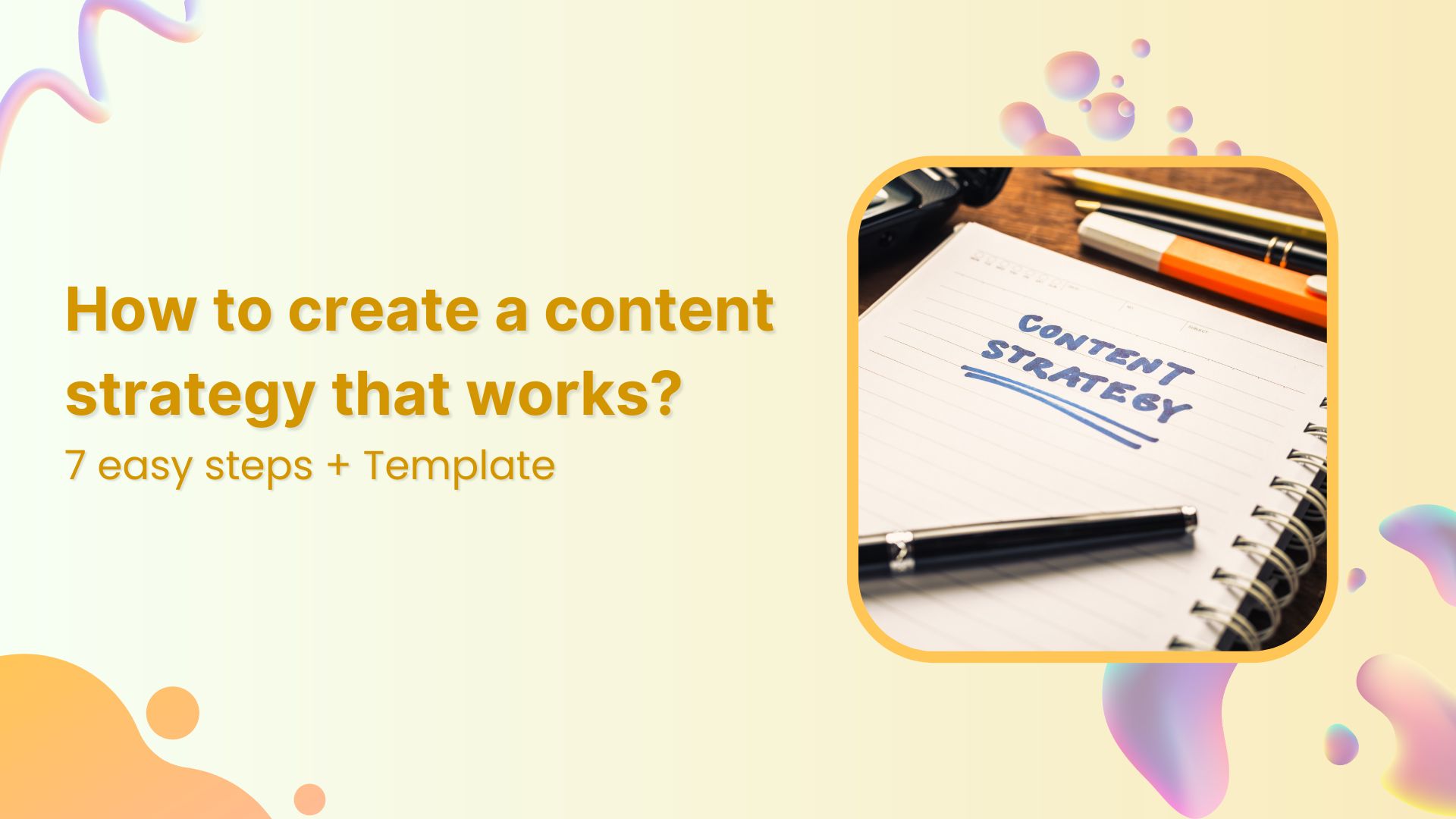
Want to create a content strategy that doesn’t just exist in a pretty deck but actually does something? Good. You’re in the right place.
Because let’s be honest here, content strategy isn’t a mere checkbox on your marketing to-do list; rather, it is what separates brands that grow from brands that ghost. Too often, strategies fail to draw results not because they aren’t any good but because they’re bloated, vague, or copied straight from someone else’s playbook.
We’re not doing that here. This guide will break down exactly how to create a content strategy that’s clear, doable, and laser-focused on your goals. But before we move to creation, let’s revisit the fundamentals of what a content strategy is.
Simplified social media marketing for individuals & agencies.
Try ContentStudio for FREE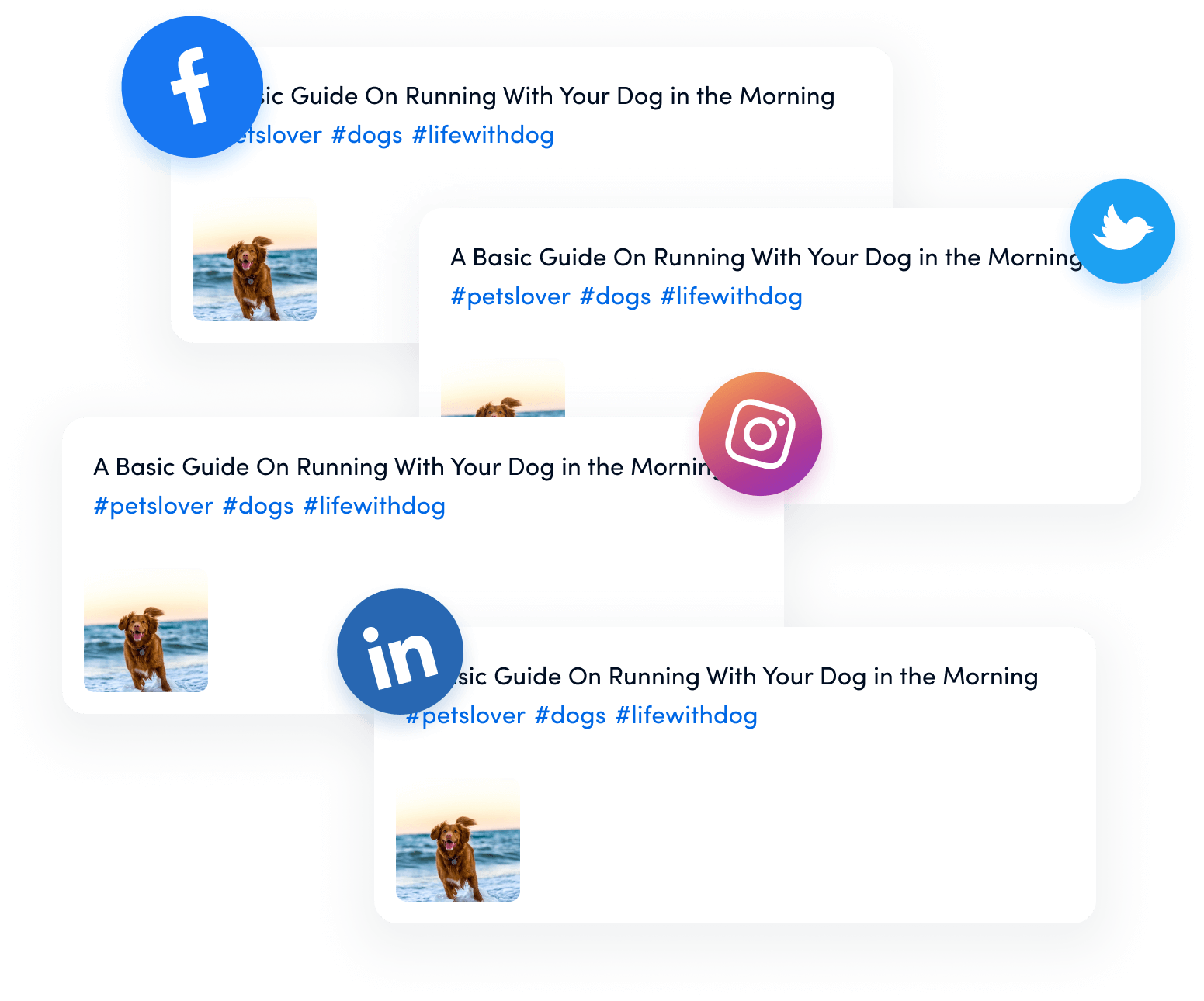
What is content strategy?
Think of content strategy as your content’s GPS. It tells you where you’re going, how to get there, and what to do when you inevitably hit traffic.
More specifically, content strategy is a comprehensive plan that guides how you create, publish, and manage content to achieve specific business objectives. It’s not just about cranking out blog posts or social media posts one after another. More isn’t better if it’s not of value. Content strategy is about creating the right content, for the right people, at the right time, in the right format.
A solid content strategy covers everything from your brand voice and messaging to content planning, distribution channels, and performance metrics. It’s the blueprint that ensures every piece of content you create serves a purpose and moves you closer to your goals.
Why do you need a content strategy?
Here’s the thing: content without strategy is just noise. And the internet has enough noise already.
Without a clear content strategy, you’re basically playing content roulette. You might get lucky occasionally, but you’re more likely to waste time, money, and energy on content that doesn’t resonate with your audience or drive meaningful results. A well-defined content strategy, however, helps you:
Build brand authority and trust.
Consistent, valuable content positions you as an expert in your field and builds credibility with your audience. When people know they can count on you for quality insights, they’re more likely to trust your brand.
Drive qualified traffic and leads.
Strategic content attracts the right people. This means those good fellas who are actually interested in what you’re offering. When you manage to reach the right guys and meet their needs, it naturally translates to better conversion rates and higher-quality leads.
Improve your SEO performance.
Search engines love fresh, relevant content that answers user questions. A solid content strategy helps you create content that ranks well and drives organic traffic. The key here is to first understand search intent and the user themselves.
Maximize your content ROI.
When you know what works and what doesn’t, you can allocate your resources more effectively and get better results from your content efforts.
Create a cohesive brand experience.
A content strategy ensures all your content feels connected and reinforces your brand message, creating a stronger overall impression.
How to create a content strategy in 7 steps

Now for the main event. Here’s your step-by-step roadmap to creating a content strategy framework that actually works.
Step 1: Set clear goals and objectives
First things first: what are you trying to accomplish? Vague goals lead to vague results, so get specific.
Instead of “increase brand awareness,” try “increase organic website traffic by 40% in the next six months” or “generate 100 qualified leads per month through content marketing.” These goals are measurable, time-bound, and directly tied to business outcomes.
Your content goals should align with your overall business objectives. If your company is focused on customer retention, your content strategy might prioritize creating educational resources for existing customers. If you’re in growth mode, you might focus on lead generation and brand awareness content.
Consider both short-term and long-term goals. You might want to see immediate traffic increases while also building long-term brand authority. Having a mix of goals helps you create a balanced content portfolio.
Step 2: Conduct target audience analysis
When we say audience analysis. We mean audience analysis. Your audience isn’t just “millennials interested in fitness” or B2B decision-makers. You need to go deeper.
Start with the basics: demographics, job titles, industry, and company size. But don’t stop there. Dive into their challenges, goals, preferred content formats, and consumption habits. When do they consume content? What platforms do they use? What questions are they asking?
Take it a step further and create detailed buyer personas that feel like real people. Give them names, backstories, and specific pain points. The more vivid your personas, the easier it becomes to create content that resonates. What you’re essentially trying to do is understand this persona like you know your little sister. You know where they’re coming from, and you know exactly how to convince them to let you borrow their stuff again.
Use surveys, interviews, social media analytics, and website data to gather insights. Look at your customer service tickets; this includes looking at what questions come up repeatedly. These are content opportunities waiting to happen.
Step 3: Perform competitor analysis
Time for some detective work. Put your investigative specs on as we guide you through your competitor analysis. Here we are looking for answers to questions like, what are your competitors doing well? What gaps can you identify in their content?
Don’t just look at direct competitors. Consider anyone who’s competing for your audience’s attention. If you’re a SaaS company, you might be competing with industry publications, thought leaders, and other software companies for mindshare.
Analyze their content topics, formats, publishing frequency, and engagement rates. What seems to perform well for them? What topics are they missing? Where can you differentiate yourself?
Tools like SEMrush, Ahrefs, or even simple Google searches can help you understand what content is ranking well in your space. Look for content gaps—topics your audience cares about that aren’t being covered comprehensively.
Now a key thing that many get wrong about the purpose of competitor analysis is that when you see what’s working for your competitors, the takeaway isn’t to do the same. Reapplying or straight-up copy-pasting their strategy makes you another one of them. What you really want to learn is why what they’re doing is working and what you can learn and apply from that. And more importantly, why should the audience choose you? Set yourself apart!
Step 4: Complete a content audit
If you’ve been creating content already, it’s time to take inventory. What’s working? What’s not? What can you improve or repurpose?
Look at your top-performing content and identify patterns. Note what topics, formats, or distribution channels are driving better results. Use these insights to inform your future content strategy. Most importantly, don’t forget about content that’s underperforming. Sometimes a simple refresh, update, better promotion, or format change can breathe new life into existing content.
Pro-tip: Create a spreadsheet that tracks key metrics for each piece of content, such as traffic, engagement, conversions, and social shares. This baseline data will help you measure the success of your new strategy.
Step 5: Choose content types and formats
Now for the fun part: deciding what types of content you’ll create. The key is matching content formats to your audience preferences and business goals. Once you know what your content is going to be, think about how it’s going to look. By look we don’t mean the visual aesthetics; rather, we mean the shape and form it will take, i.e., type and format.
You’ll need to define your content pillars. These are the core themes your content will consistently revolve around that keep your messaging focused and your calendar less chaotic.
Blog posts remain a content marketing staple for good reason, and that is that they’re simply great for SEO, establishing expertise, and providing detailed information. But don’t limit yourself. Consider video content, podcasts, infographics, case studies, white papers, webinars, and interactive content.
Think about your audience’s content consumption habits. Are they commuters who prefer podcasts? Visual learners who respond to infographics? Busy executives who want quick, actionable insights? If they’re Gen Z, consider their attention span too.
You also need to consider your resources. Video content might have high engagement rates, but it also requires more time and resources to produce. Start with formats you can execute well consistently and then expand as your capabilities grow. Don’t bite off more than you can chew!
Step 6: Create your content plan
Behold the content plan: this is where strategy meets execution. Your content plan should specify what content you’ll create, when you’ll publish it, where you’ll distribute it, and how you’ll promote it.
Start with an editorial calendar that maps out your content for the next quarter. Include publication dates, topics, formats, target keywords, and promotion plans. This helps ensure consistent publishing and prevents last-minute scrambles for content ideas.
Once finalized, your content calendar will essentially be the heartbeat of your strategy. It turns ideas into action and keeps everyone on the same page (literally).
Consider current trends, industry events, and product launches when planning your content. You want your content to feel timely and relevant. You’re going to need some level of flexibility here as well, since trends can turn faster than you can list the alphabet in reverse.
Try to foresee what direction trends are moving towards, what might be in, and what might be out. Lastly, always keep an eye out for sensitive issues. Offending the internet is not what you want to add to your strategy.
Don’t forget about content promotion. Creating great content is only half the battle; you also need a plan for getting it in front of your audience through social media, email marketing, partnerships, and other distribution channels. But more on that a little later.
Step 7: Evaluate and optimize your content strategy
Your content strategy isn’t set in stone. Even with all your strategic prowess, we recommend you sit down, be humble, and evaluate your strategy. Regular evaluation and optimization are needed for long-term success no matter how confident you are in your ability to create a content strategy. You gain valuable insights that guide future strategies; therefore, note-taking during this step is a must.
Set up systems to track your key metrics: traffic, engagement, conversions, social shares, and any other metrics that align with your goals. Review these metrics monthly and look for trends.
Pay attention to qualitative feedback too. What are people saying about your content in comments, on social media, or in customer conversations? This feedback can be just as valuable as quantitative data.
Be prepared to pivot when something isn’t working. Maybe that weekly podcast isn’t resonating with your audience, but your behind-the-scenes video content is taking off. Double down on what works, and don’t be afraid to cut what doesn’t
How your content strategy fits into the bigger picture
Your content strategy doesn’t exist in a vacuum. It lives inside a larger ecosystem that consists of your brand, your business goals, and your marketing machine. If it’s not connected to the bigger picture, it’s just content for content’s sake, and that is not what you want to put your effort towards. What it needs to do is work seamlessly with your broader marketing efforts. For that you first need to understand that content strategy, content marketing strategy, and social media content strategy are NOT the same thing. Content strategy is a broader umbrella that content marketing and social media content strategy are subsets of. Let’s look at each of them one by one.
How to create a content marketing strategy
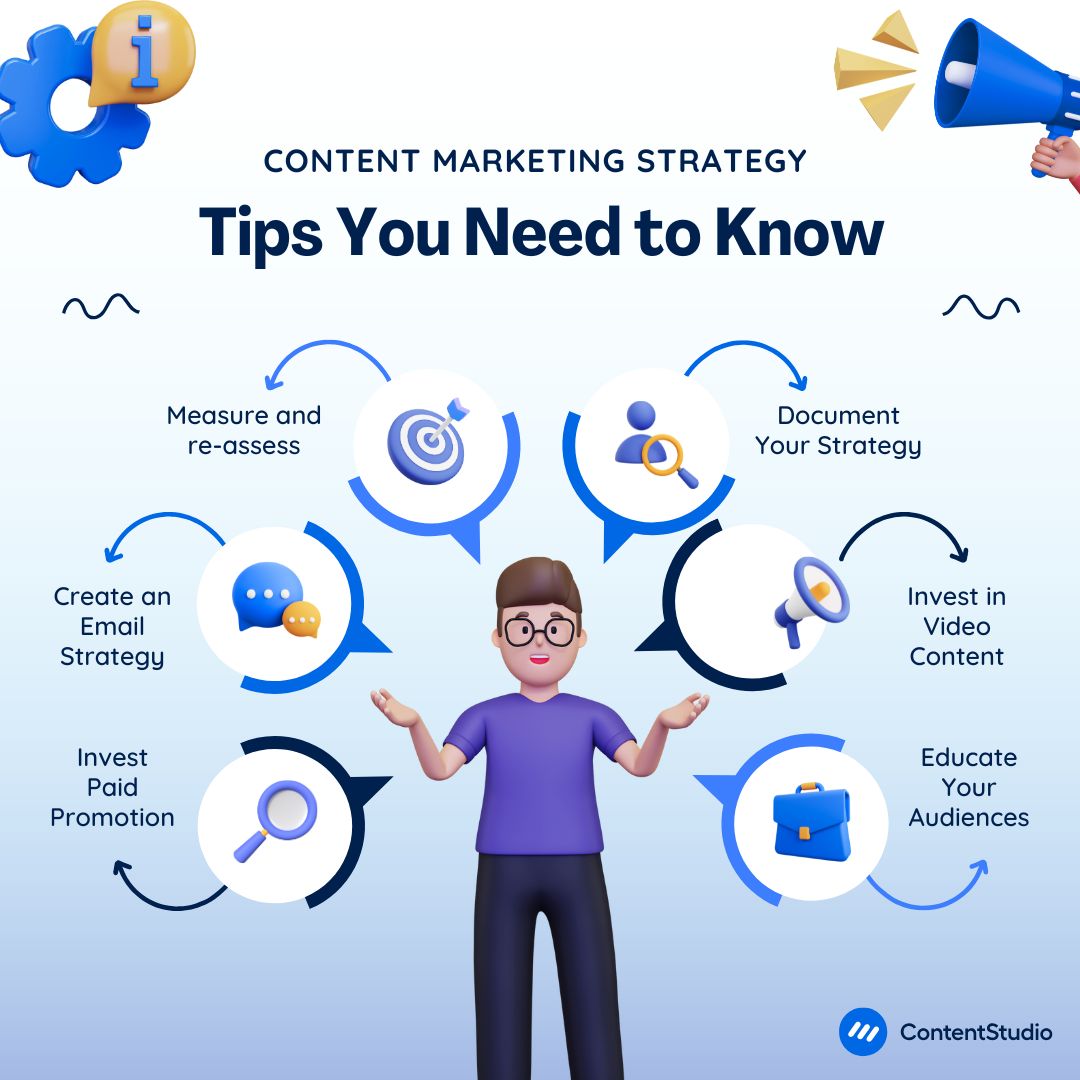
While content strategy focuses on the “what” and “why” of your content, content marketing strategy is about the “how” and “where.” It’s the tactical execution of your content strategy with a specific focus on driving marketing results.
Your content marketing strategy should specify how you’ll use content to move prospects through your marketing funnel. It should also define clear goals, target audience segments, distribution plans, and the KPIs you’ll use to measure success. Without these, you’re basically driving without a map—or a destination. This includes creating content for different stages of the buyer’s journey: awareness, consideration, and decision.
Top-of-funnel content might include educational blog posts, industry insights, and thought leadership pieces designed to attract and educate potential customers. You can also include SEO-optimized articles, infographics, or even viral social posts designed to catch attention fast. The goal here is to spark interest and build trust before asking for anything in return.
Middle-of-funnel content could include case studies, product comparisons, and detailed guides that help prospects evaluate solutions. Bottom-of-funnel content might include product demos, customer testimonials, and free trials that help close deals.
Integration with other marketing channels is a crucial inclusion in this strategy. Your content marketing strategy should work hand-in-hand with your email marketing, social media, paid advertising, and sales efforts.
Also Read: 20 steps to develop an effective content marketing plan
How to create a content strategy for social media
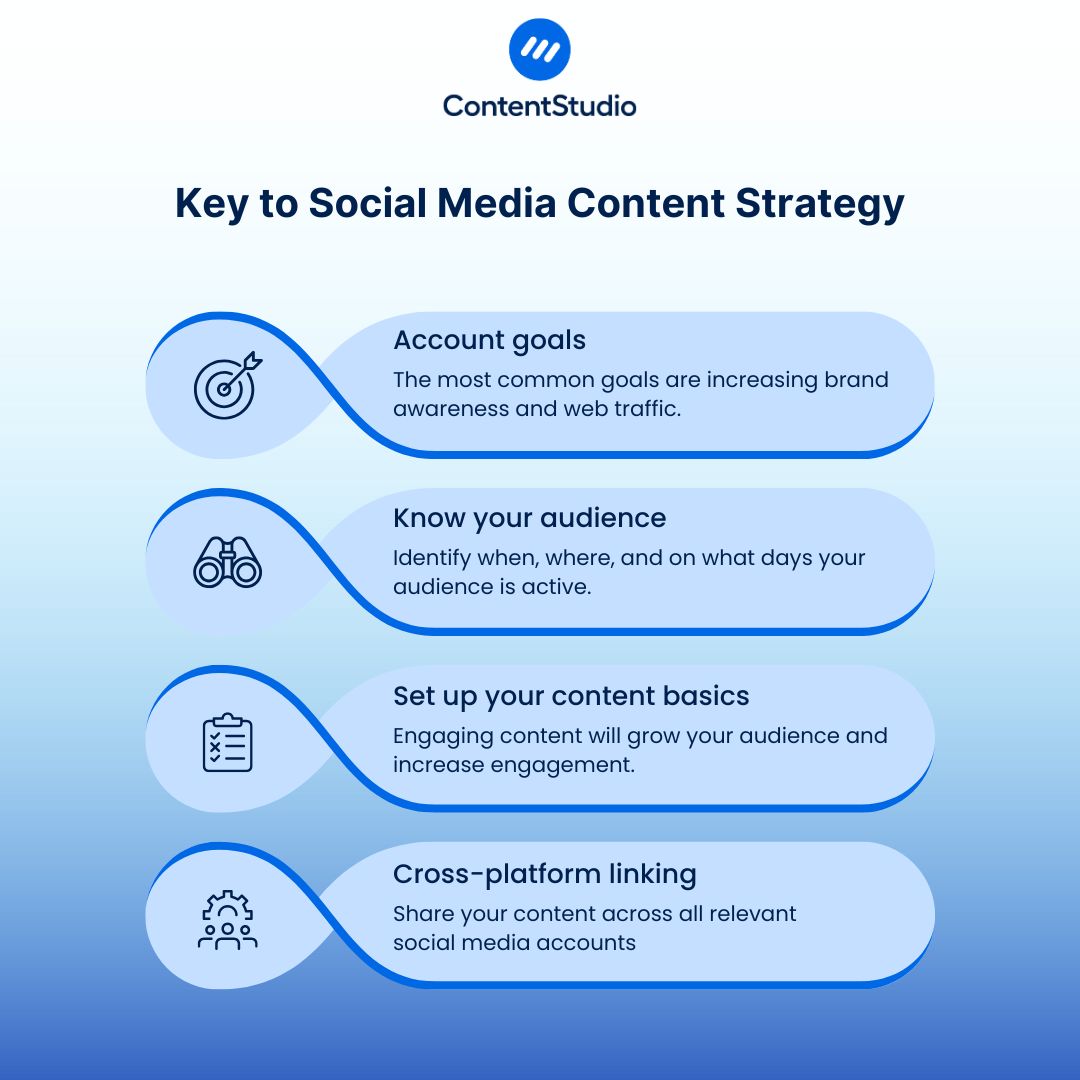
Social media content strategy deserves special attention because social platforms have unique characteristics and audience behaviors. Like being chronically online all night despite having work in the morning—guilty.
Your social media content strategy should consider platform-specific best practices, optimal posting times, and content formats that perform well on each channel. It should also evolve with analytics, trending formats, and what your audience is actually engaging with. Don’t sleep on user-generated content either—your fans can be your best marketers.
You won’t buy the same shirt every time you make a purchase, right? Well, your audiences don’t want to consume the same content everywhere either.
They go to specific platforms for specific reasons. Your job is to learn what audience a platform has and what type of content it delivers and then identify where in that landscape your audience and its content needs are. LinkedIn content looks different from TikTok content, and your strategy should reflect these differences.
Focus on creating social media content that encourages engagement and sharing. This might mean adapting your long-form content into bite-sized social posts, creating platform-specific content, or developing a consistent brand voice that works across channels.
Another thing you need to cover is community management. No, just publishing content doesn’t quite cut it for a social media strategy. It’s not like those guests that you greet, serve snacks to, and hide in your room from; it’s about building relationships and engaging with your audience. Charge up that social battery; you’ll need it.
Also Read: Never run out of content: Social media post ideas for every niche
Content strategy template
Templates can be incredibly helpful when it comes to creating a content strategy that’s structured and stress-free and ensures you don’t miss important elements. Think of them as the blueprint that keeps your planning process from turning into chaos.
A solid content strategy template should cover all the must-haves: clear goals, defined audience personas, a peek at what your competitors are doing, key takeaways from your content audit, preferred formats, an editorial calendar, and a way to track what’s actually working.You can find a ton of free content strategy templates online, but let’s be real—most of them are either too basic or too bloated. That’s why we’ve put together a customizable content strategy template you can actually use. It’s built to help you cover all the essentials without getting overwhelmed, giving you a full-picture framework while staying flexible enough to adapt to your brand’s unique needs.


Best content strategy practices that actually work
Having a strategy is great, but without execution, it’s just another document collecting digital dust. Tactics are where your content strategy starts pulling its weight.
Content repurposing
Repurposing content is one of the easiest ways to get more mileage out of what you’ve already made and maximize your content ROI. Turn that blog post into an Instagram carousel, slice up a webinar into bite-sized videos, or turn a data-heavy report into a digestible infographic.
SEO optimization
SEO isn’t optional—it should be baked into your process from the jump. That means doing your keyword homework, writing click-worthy headlines, and crafting content that answers real questions people are searching for.
Content promotion
Like we said earlier, don’t forget content promotion. Even the best content won’t go far if it’s left sitting quietly on your blog. Push it out through social media, your email list, influencer collabs, or even paid ads. Promotion isn’t extra—it’s essential.
User-generated content
Finally, don’t sleep on user-generated content. It’s worth its weight in gold when it comes to community-building and saves you time, reducing the content creation burden. Ask your audience to share their experiences and actually showcase what they send in. It makes your brand feel human—and gives you fresh content without lifting a finger.
Also Read: Social media strategy template: Free guide and examples
Conclusion
Creating a content strategy that works isn’t about following a rigid formula—it’s about understanding your audience, setting clear goals, and consistently delivering value. The seven-step framework we’ve outlined gives you a solid foundation, but remember that content strategy is a marathon, not a sprint. Start with one or two content types you can execute well, focus on consistency over perfection, and let your strategy evolve based on performance data. When your content feels authentic to your brand and genuinely valuable to your audience, everything else becomes much easier
FAQs
How to create a content strategy?
Start by setting clear goals, knowing your audience, and auditing what you already have. Then, plan content types, channels, and a consistent publishing schedule. Track performance and adjust as you go—strategy is never one-and-done.
Are content strategy and content marketing strategy the same?
Not quite. Content strategy is the big-picture “what” and “why.” Content marketing strategy is the tactical “how” and “where” for marketing results. Think of one as the blueprint, the other as the action plan.
How long does it take to create a content strategy?
Usually 2–4 weeks to research and plan, depending on scope and resources. Expect 3–6 months to start seeing meaningful results.
What tools do I need to create a content strategy?
You’ll need tools for analytics (like Google Analytics), keyword research (Ahrefs, Semrush), and planning (Notion, Trello). A content management system and social media scheduler also help streamline publishing. Pick tools that match your workflow and social media management needs.
Recommended for you
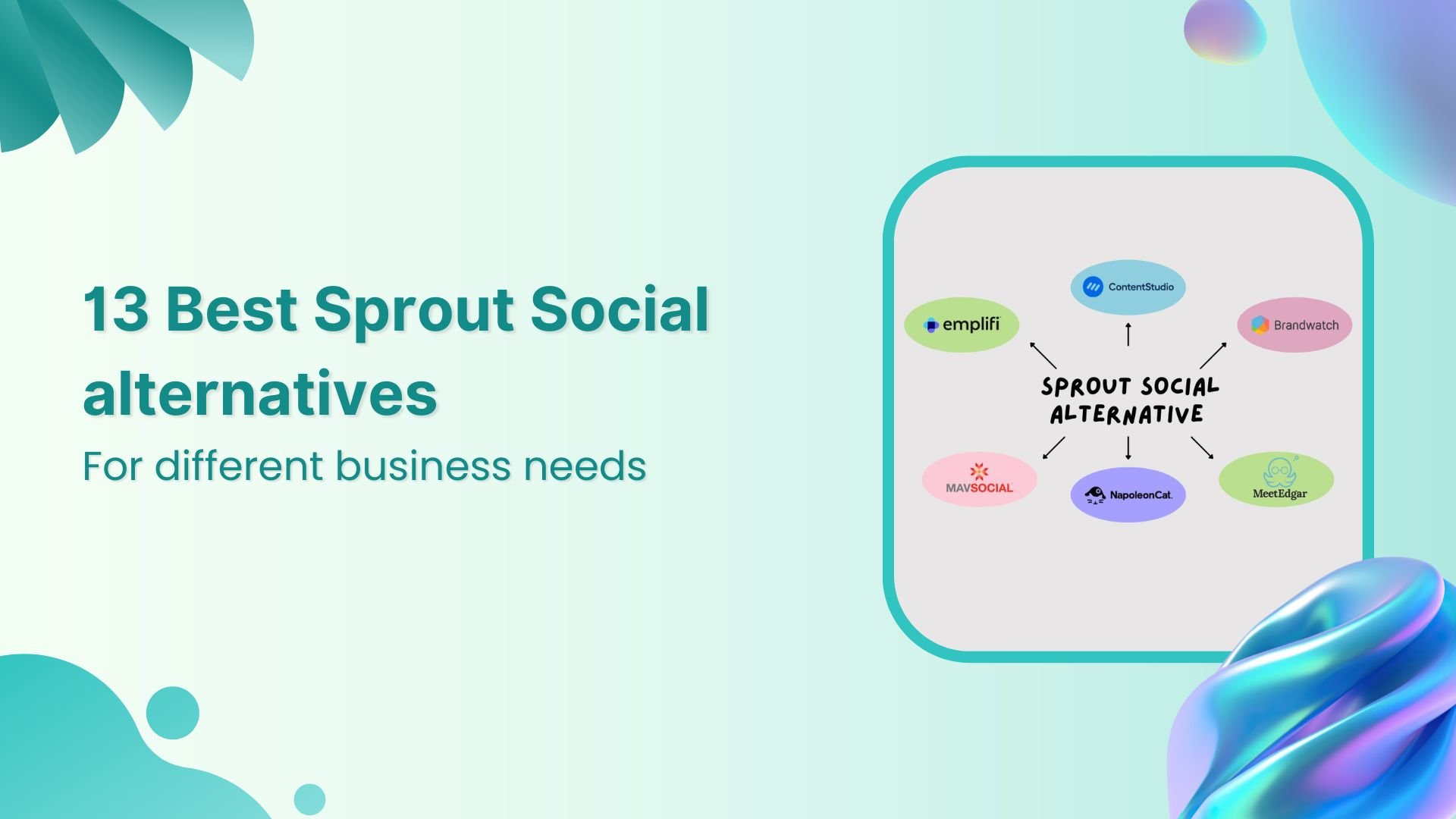
13 Best Sprout Social alternatives for effective social media management

150+ Black Friday quotes, hashtags, and slogans to boost sales

Why is an integrated marketing campaign beneficial for your brand?


Powerful social media management software
14-day free trial - No credit card required.
